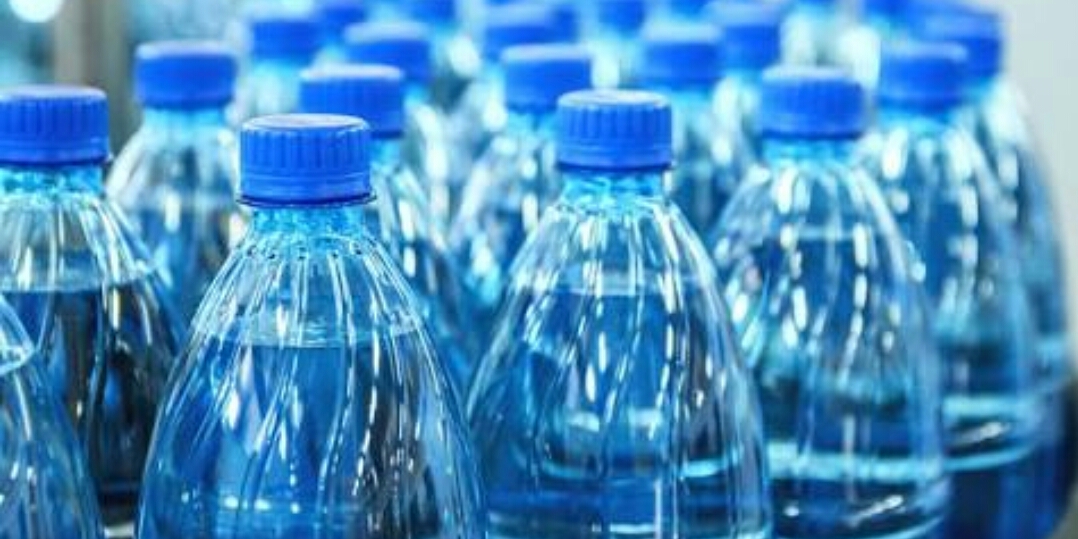
Pure water is world’s first and foremost medicine. But in the recent times, finding pure water is hardly possible even in the well treated packaged drinking water bottles. With every sip of what we think is pure water, we are intaking thousands of microplastics.
The World Health Organisation (WHO) has announced a review into the potential risks of plastic in drinking water after a new analysis of some of the world’s most popular bottled water brands found that more than 90% contained tiny pieces of plastic.
Researchers find that levels of plastic fibres in popular bottled water brands could be twice as high as those found in tap water.
A report by a US based non-profit firm shows that there was contamination of the water with microplastic debris.
What are micropastics: –
Microplastics are small plastic particles in the environment.
There are various kinds of plastics from grade 1 to 6. Plastics with grades 2, 4, 5 are relatively safer, whereas plastics with grades 1,3,6 are harmful in nature.
Because plastics do not break down for many years, they can be ingested and incorporated into and accumulated in the bodies and tissues of many organisms.
Effects of external factors: –
Temperature is a major governing factor. While microwaving food or heating, its equally important to ensure if the plastic container is appropriate for heating purpose.
Not only plastics but also pesticides, heavy metals and such other chemicals are present which serve as parameters for determining the purity of packaged drinking water. According to a recent study, samples of almost all packaged drinking water brands in Delhi contained pesticides. Interestingly, this had come from ground water is what the observations say.
Probable reasons: –
- Plastics used in manufacturing of caps
- Improper cleaning of filling lines
- Microplastics existing in air and environment
Health impacts: –
- Endocrinal disorders
- Fertility disorders
- Untimely puberty
- Might even lead to heart diseases, Cancer, diabetes, etc.
Concerns: –
The matter of concern is partial, ineffective or negligible use of treatment techniques. Thus, these treatment techniques should be properly implemented in the packaged water processing plants.
Sources of the microplastics: –
- Polypropylene : This plastic is used for making the bottle caps.
- PET : Polyethylene terepthalate
- Raw water
Measures taken: –
- A set of standards have been predefined and a mechanism for the enforcement of the same is into force. There are around 60 standards for ensuring quality of packaged drinking water. Few of them are as follows: –
- Pesticides residue limit
- Heavy metals limit
- Physical and Chemical properties
- Mandatory BIS mark, etc.
- Samples are collected by concerned agencies and analysed in the labs by various levels
- Business operators are expected to get the water tested periodically
- Water portal: Bussiness operators need to upload their reports at this portal
Environmental impacts: –
- With the exponential increase in the use of plastic bottles, high quantum of plastics is entering our environment which can pose a serious threat to the society and the environment.
- Recycling of PET bottles in India is still at a very nascent stage whereas developed countries like US and few European countries are using this plastic waste for making furniture,clothes, etc.
Need of the hour: –
- Encourage people to minimise the use of plastics as much as possible.
- Advice people to use inert containers rather than plastic, especially for heating purpose.
- Exposure of consumable and safe plastic to certain higher temperatures can convert them into hazardous plastic. Thus, temperature exposure needs to be supervised.
- Plastic bottles should not be used repeatedly because using plastic for longer than prescribed duration can cause harm to the health.
In our daily lives, there are lot such factors affecting our health and living. Therefore, it is expected from the government, society as well as the regulative authorities to take some necessary steps in the right direction. Thus, we need to analyse and accordingly work on such issues.
